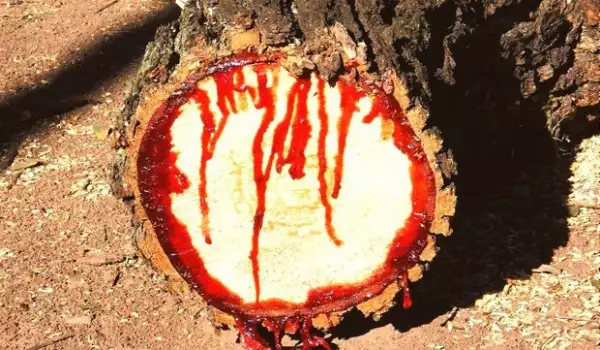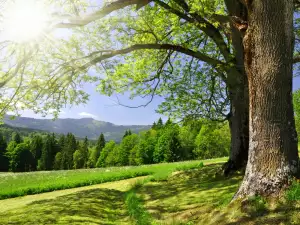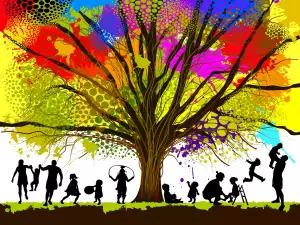Pterocarpus angolensis is an unusual tree found in South Africa. When it's cut down, the trunk releases a liquid which looks strikingly similar to human blood.
When mixed with animal fat, locals use the miraculous liquid to treat ringworm, eye problems, stomach problems, malaria, as well as to increase breast milk production in young mothers.
The biological term for the tree is Pterocarpus angolensis but people in South Africa also call it Kiaat, Mukwa and Muninga. Because of its dark red juice however, the tree is known as bloodwood among most people.
The red wood juice may look like blood but this has not by any means stopped locals from using it in their cosmetic and medical practices. The unusual secretion of the liquid has lead people to believe that the tree has magical properties.
Since the liquid is red and sticky, the majority of Africans believe that it is a natural remedy, able to help wound healing.
Body painting is an old tradition, deeply entrenched in African culture, and many of the tribes use the red juice to paint their faces and bodies.
Its bark, in turn, can be used to produce various kinds of high-quality furniture. It's suitable for processing and shrinks during drying, making it exceptionally tough and perfect for building boats and canoes.
The tree can grow up to 59 ft (18 m) in height, its bark is dark brown, its leaves yellowish, and its corona casts a magnificent shade.
But due to its unusual properties, cutting bloodwood is strictly monitored by authorities in South Africa, and in the past few decades they have passed into law strict limitations on the use of the wood material.
And even though it's considered protected, tourists are allowed to look at the tree. It grows primarily in desert areas and all it takes is to break off a single branch before it begins to "bleed".









